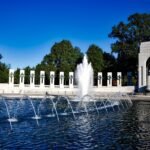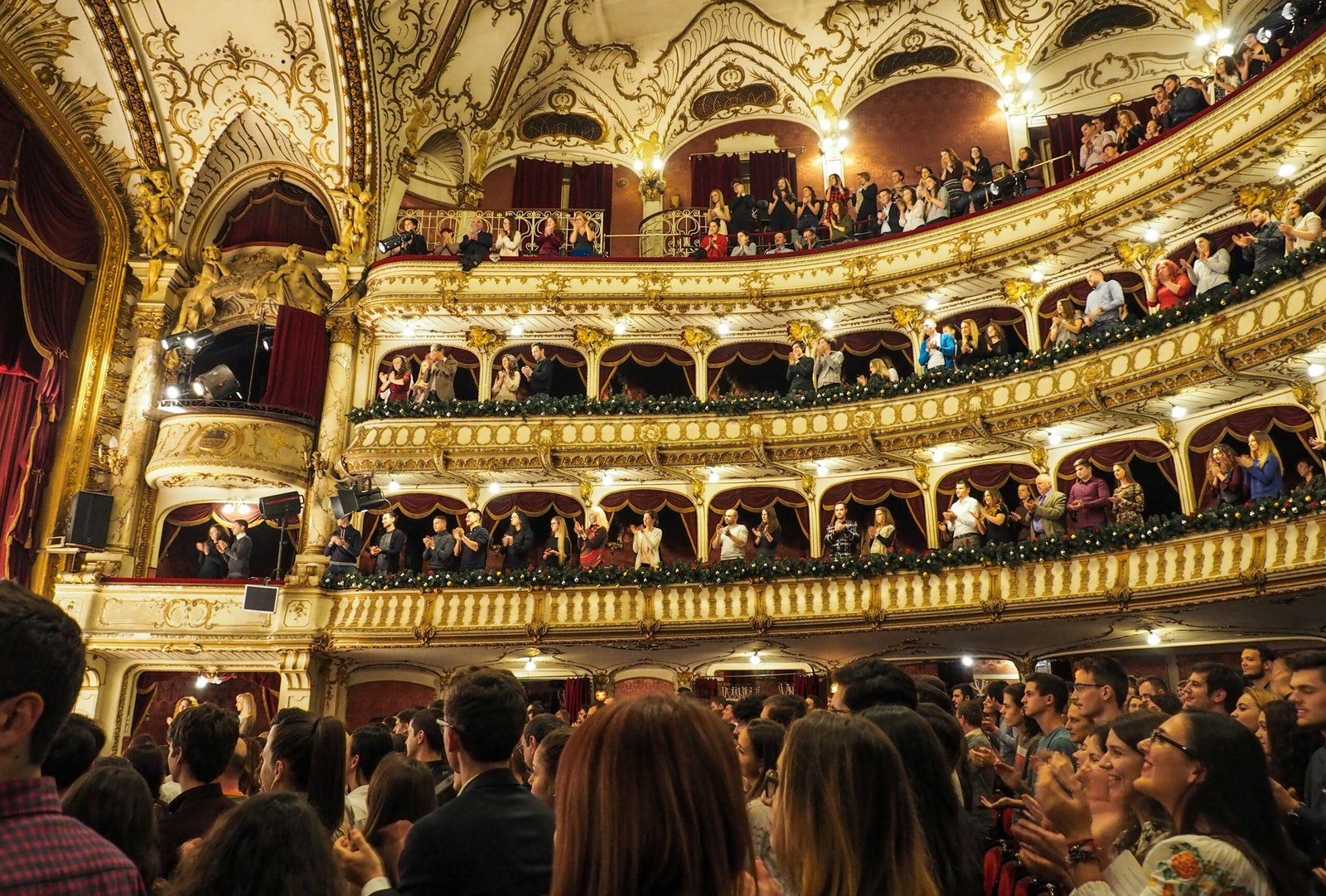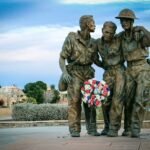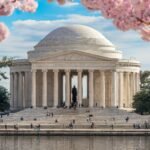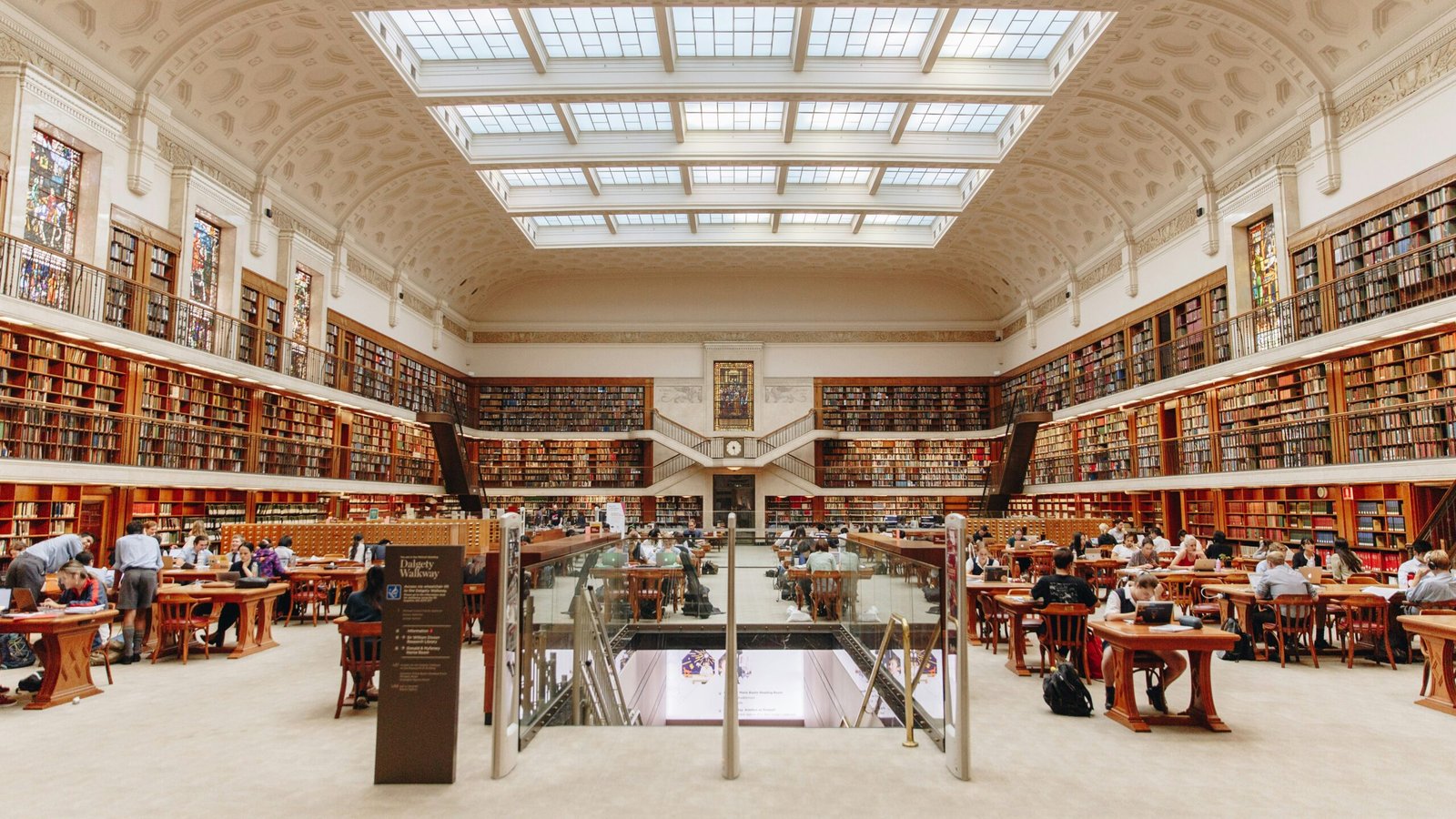History of the Library of Congress
The Library of Congress, founded in 1800, reflects the growth of American culture and knowledge. It started with just 740 books and three maps, meant for Congress. However, in 1814, British troops burned down the Capitol during the War of 1812, destroying the library’s initial collection.
A turning point came in 1815 when Congress purchased Thomas Jefferson’s personal library. This added over 6,000 volumes, expanding the collection significantly. Jefferson’s vision emphasized education and knowledge as cornerstones of a strong country. Over time, the library grew beyond just serving Congress, becoming a treasure trove of American history and culture.
By 1897, the library needed more space and moved to the new Thomas Jefferson Building. Over the years, the Library of Congress expanded its mission. It aimed to make knowledge universally accessible and support the preservation of culture.
Today, the Library of Congress holds over 170 million items, including books, manuscripts, maps, music, and audiovisual materials. It’s the largest library in the world. The library uses technology to improve access and preserve the nation’s heritage. Its vast collection serves as a critical resource for understanding and maintaining America’s rich history and culture.
The Library of Congress has grown into much more than a collection of books—it’s a symbol of knowledge, progress, and cultural preservation.
The Vast Collections: A Treasure Trove of Knowledge
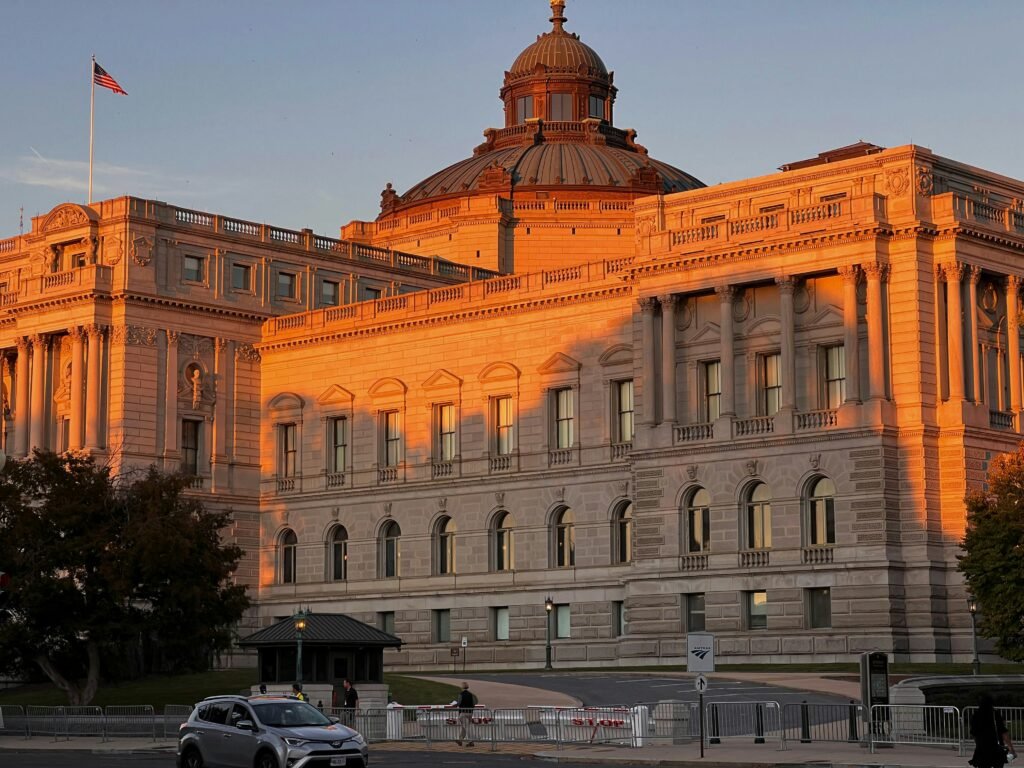
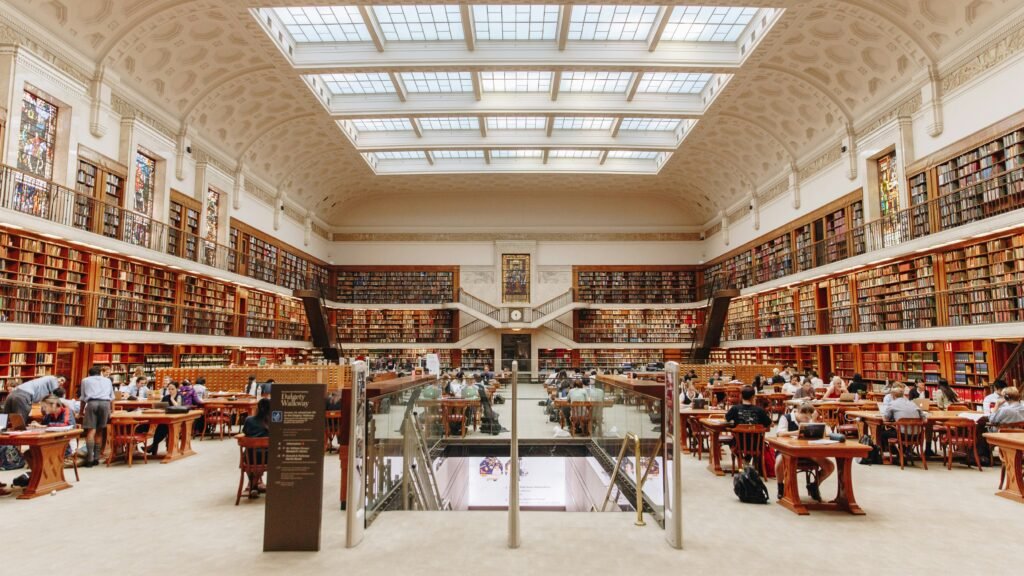
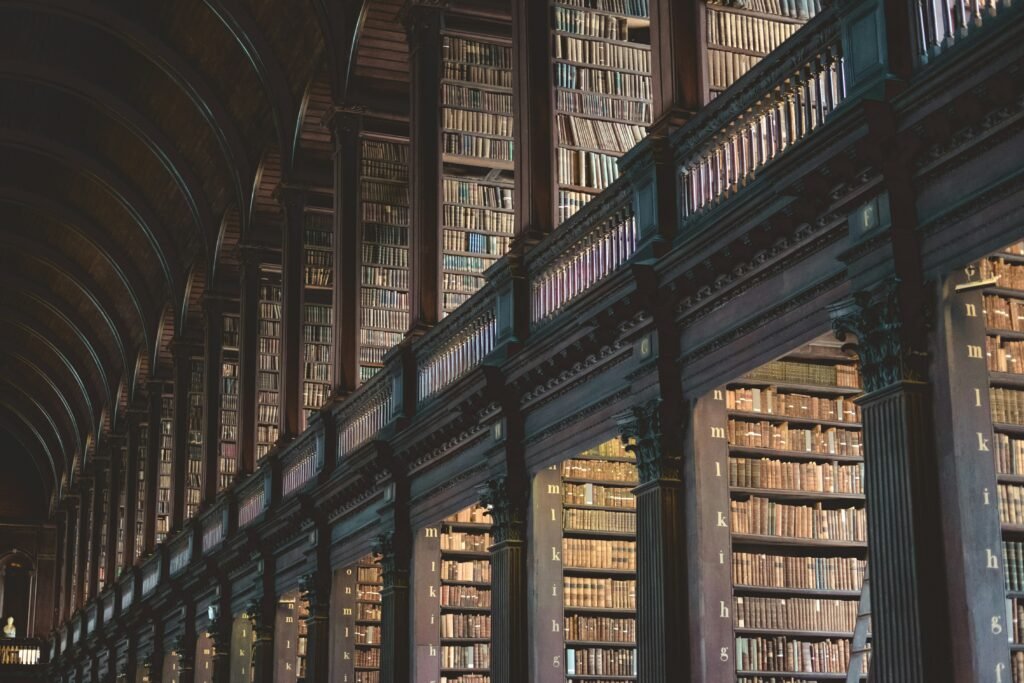
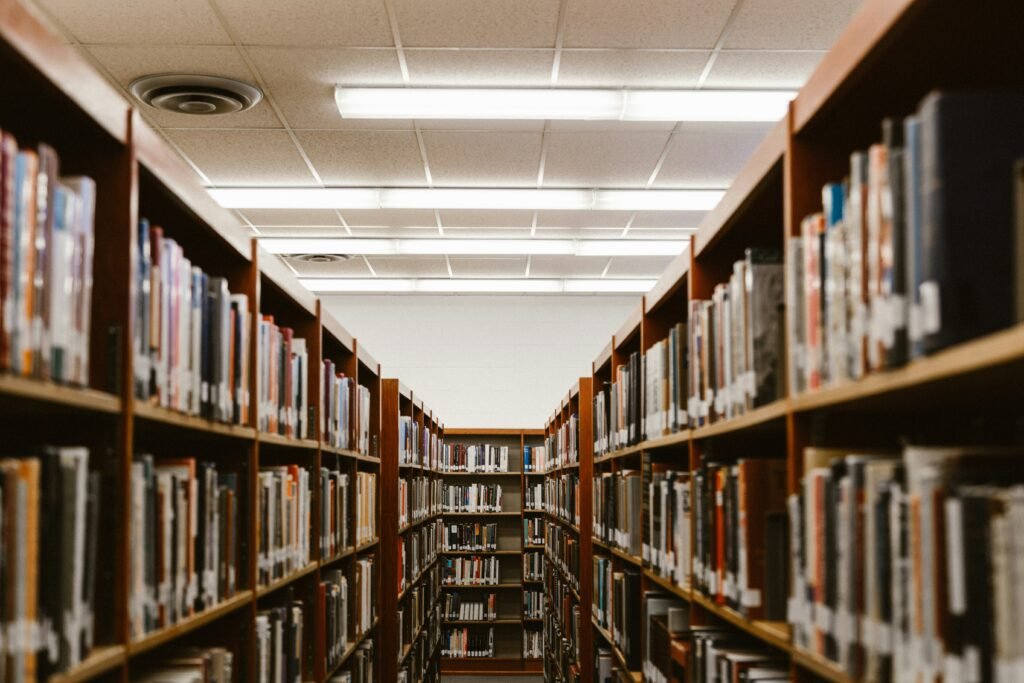

The Library of Congress, founded in 1800, holds an incredible range of collections that showcase American culture and knowledge. With millions of items in various formats, it is a treasure trove for researchers, historians, and the public. Its collections include rare books, manuscripts, maps, music, films, and photographs, offering a deep understanding of the nation’s heritage.
One of the library’s most important items is the Gutenberg Bible. This rare artifact marks a turning point in printing history, symbolizing the spread of information. Alongside it are key historical documents like the Declaration of Independence and the Emancipation Proclamation, which help explain the political development of the U.S.
The Library of Congress carefully catalogs and preserves its vast collections to ensure their longevity. Each item is documented for easy access by scholars and the public. Advanced preservation techniques protect fragile materials, many of which are at risk of deterioration.
In recent years, digital initiatives have expanded public access to these valuable resources. Projects like American Memory and Chronicling America have made significant portions of the library’s collections available online. These efforts break down geographical barriers, allowing a global audience to explore its rich holdings.
Through these digital projects and ongoing preservation, the Library of Congress continues to serve as a vital resource for education and cultural enrichment. Its vast collections not only preserve the past but also ensure that future generations can access this knowledge.
The Library’s Role in Research and Education
The Library of Congress plays a crucial role in supporting research and education in the U.S. As one of the world’s largest libraries, it offers a vast collection of books, recordings, photographs, maps, and manuscripts. These resources are available both in person and online, making research accessible from anywhere through its digital databases.
In addition to its collections, the Library provides essential reference services. Expert librarians help researchers, educators, and students navigate the extensive materials. Whether you’re an academic, journalist, or curious learner, the Library’s staff is dedicated to guiding effective research. Through exhibitions, visitors can explore American history and culture while engaging with the library’s rich holdings.
The Library of Congress also promotes education through impactful programs for students and teachers. It offers workshops, webinars, and classroom resources, supporting innovative teaching and enhancing learning experiences. The Library collaborates with schools and educational institutions to boost academic engagement and enrich public knowledge.
By providing tools and opportunities for learning, the Library of Congress connects generations to America’s cultural heritage and fosters the pursuit of knowledge. Its efforts ensure that learning is accessible, impactful, and relevant to everyone.
Visiting the Library of Congress: An Experience for Everyone
The Library of Congress, located at 101 Independence Ave SE in Washington, D.C., stands as a cornerstone of American culture and knowledge. Open to the public, it’s typically accessible from 10:00 AM to 5:00 PM, though hours may vary for special exhibitions and events. Always check the official website for the most current information before visiting.
Admission is free, making it an ideal destination for individuals, families, and groups. Visitors are encouraged to get a Library of Congress card upon arrival, which provides access to many resources. While the library is open to all, a guided tour is highly recommended. These tours offer insights into the library’s rich history, architecture, and unique collections. Exhibitions often highlight important art, literature, and historical documents that are vital to understanding American heritage.
Throughout the year, the Library of Congress hosts a variety of events, including author talks, musical performances, and film screenings. These events allow visitors to engage with the arts and humanities, deepening their connection to American culture. By participating in these activities, guests can enhance their experience and appreciation for the institution.
As a national landmark, the Library of Congress invites public involvement and fosters a love for knowledge. Planning your visit in advance ensures you’ll make the most of your time, allowing you to explore the rich cultural tapestry and learn more about America’s past and future. Don’t miss the opportunity to experience this incredible institution and ignite your curiosity.
